Affiliate links on Android Authority may earn us a commission. Learn more.
HUAWEI Mate S vs Ascend Mate 7
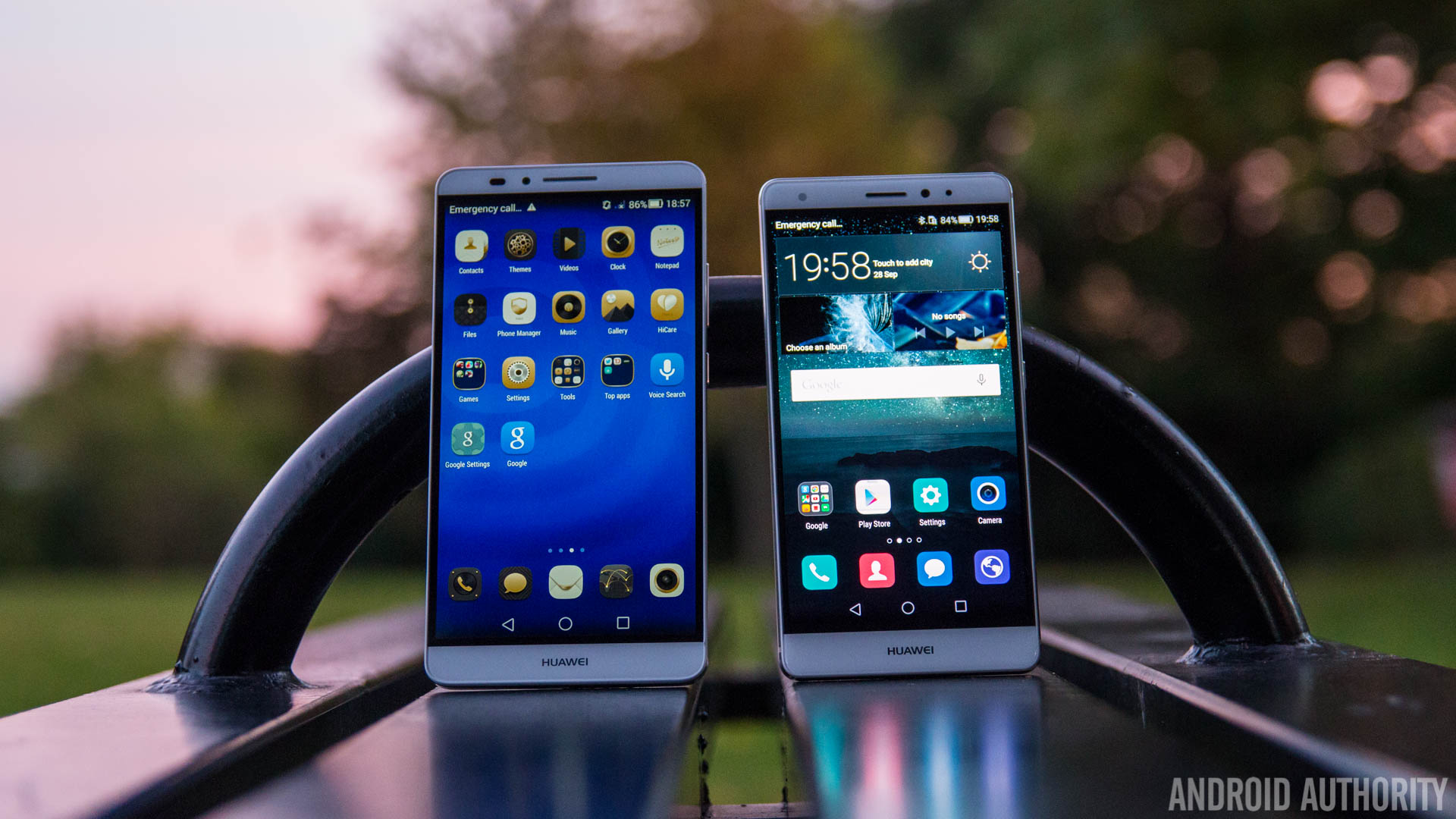
Last year saw HUAWEI introduced its first all-metal big-screen smartphone with the Mate 7, which brought a stylish design and unique single-touch fingerprint sensor. Fast forward a year and HUAWEI introduced the Mate S at IFA, bringing an updated design and second-generation fingerprint scanner, but how do these two devices compare? That’s exactly what we aim to find out in this quick look at the new HUAWEI Mate S vs the Ascend Mate 7.
Design

Although it has a frameless display, the Mate 7 is definitely one of the larger smartphones on the market and even though I have large hands, I find it difficult to use in one hand. With the Mate S, HUAWEI has made its latest flagship smaller and more manageable, resulting in a much improved in-hand experience.
The Mate 7 brought a design that’s atypical of HUAWEI devices and, although it’s been tweaked a little, the Mate S mostly follows the same design. HUAWEI says both smartphones have frameless displays and while this is somewhat true, both devices come with an on-screen bezel that reduced the available screen real estate.
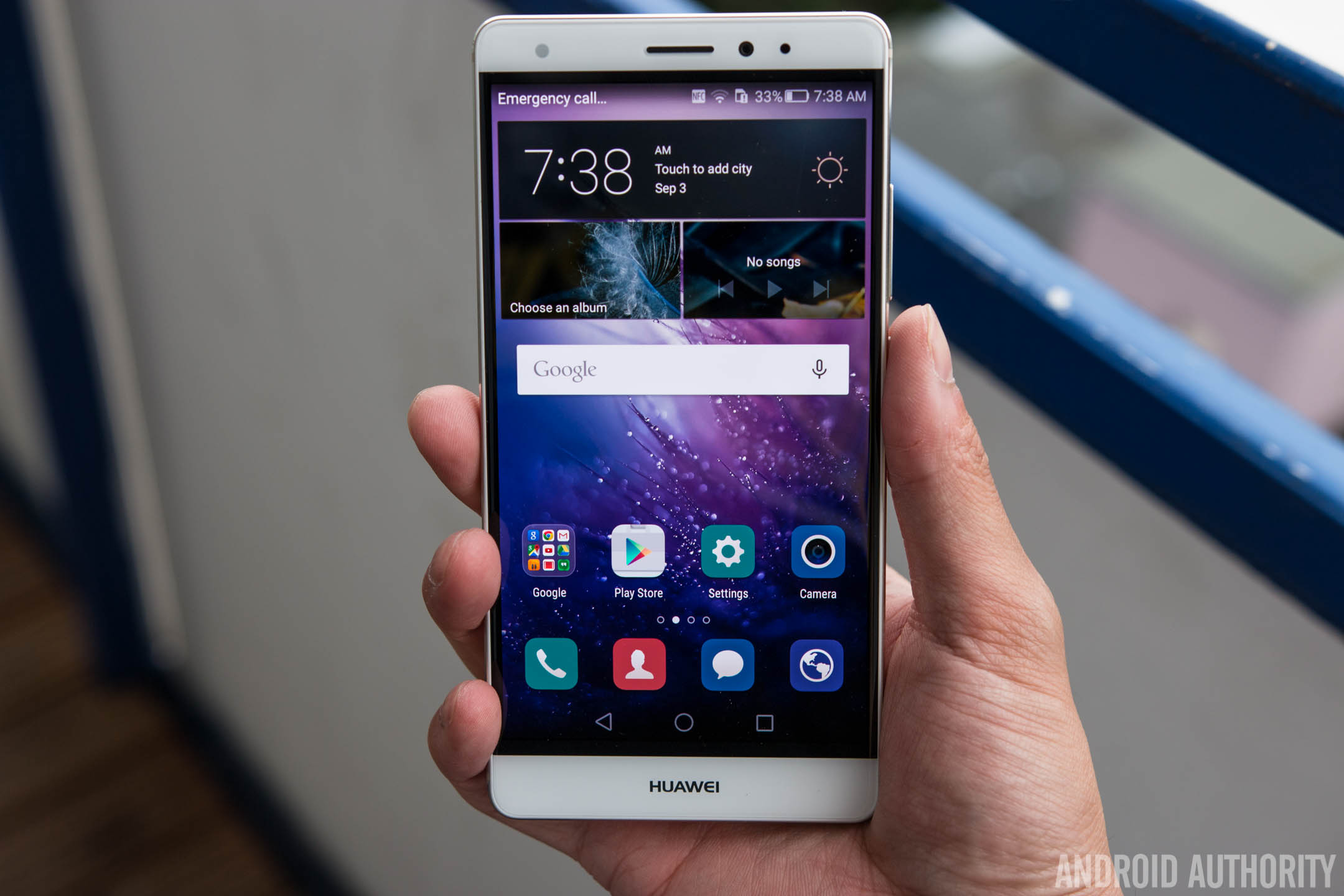
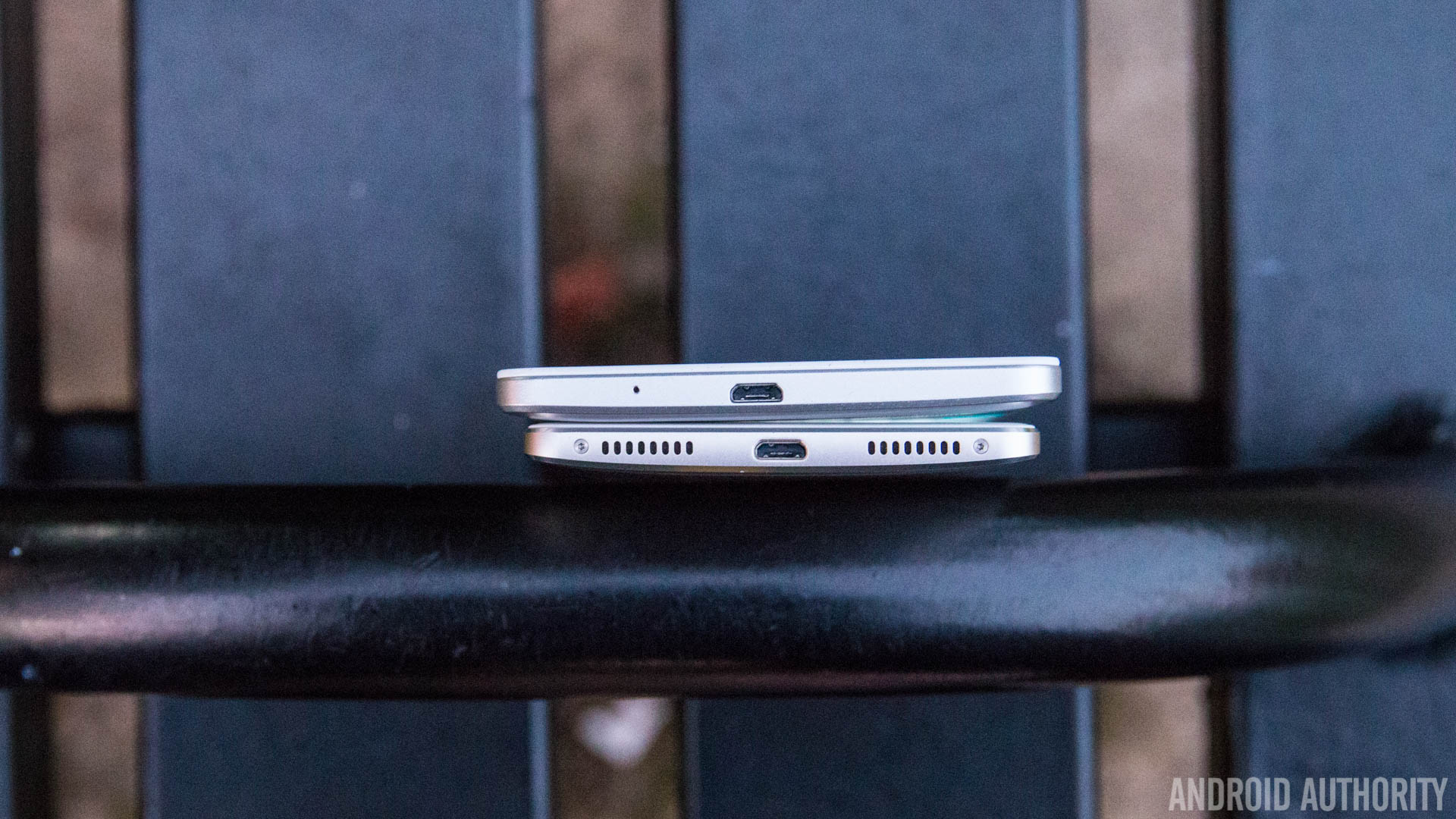
The back of the Mate S is slightly curved and a key change in the Mate S is the depth of the curve, with the new flagship curving at a higher gradient. This results in the Mate S feeling a lot better in the hand and has also allowed HUAWEI to make the handset just 2.65mm thick at its thinnest point, although it is 7.2mm thick in the middle.
Both devices have the power and volume keys on the right, along with the SIM tray on the right. On the Mate 7, the SIM and microSD card trays are separate while on the Mate S, these have been combined into one tray, like on the HUAWEI HONOR 7. Beneath the camera on the back, HUAWEI has also added the fingerprint sensor, and while some people may not like the fact that it’s on the back, the sensor is positioned so it sits where you finger naturally does.
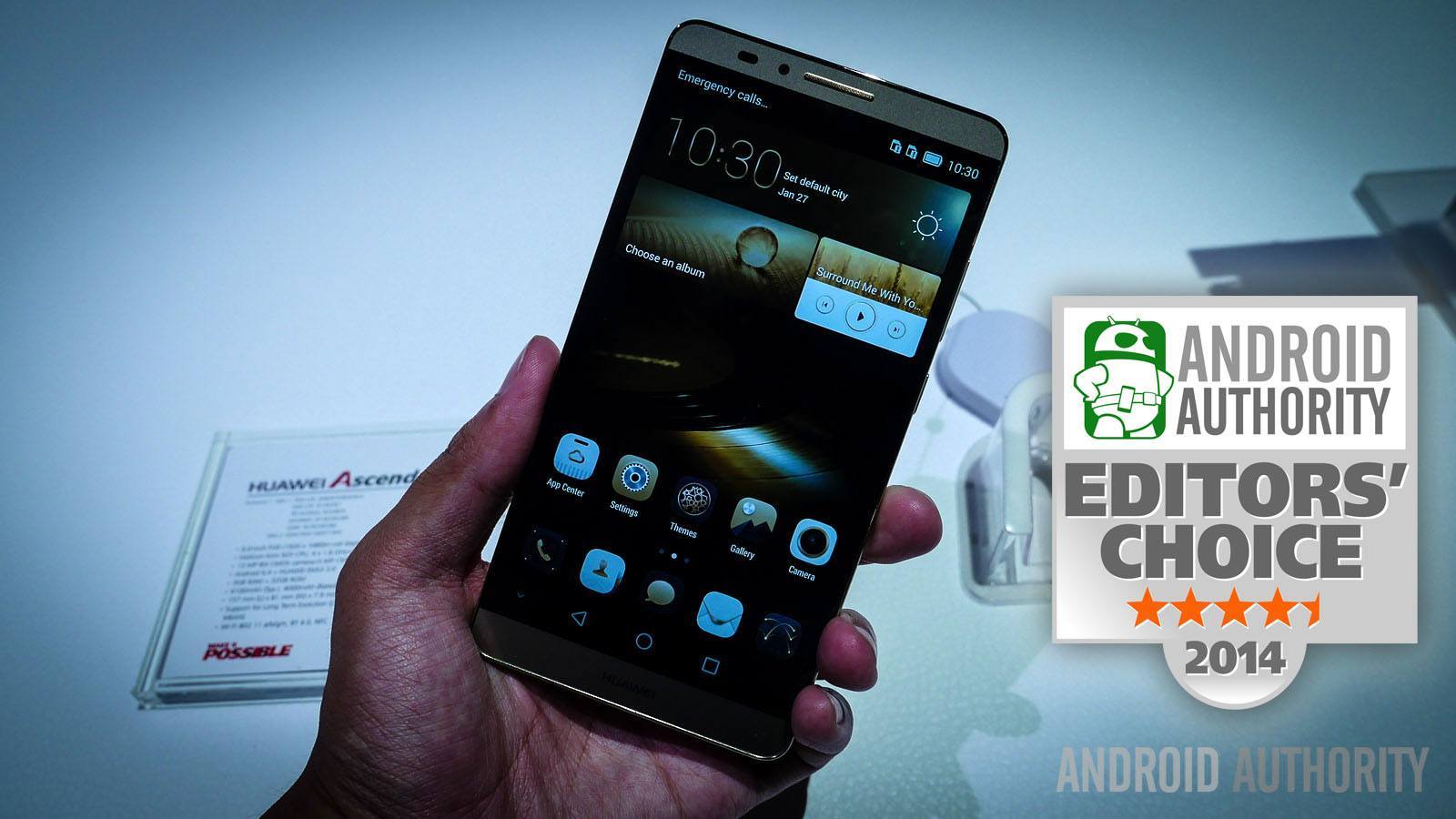
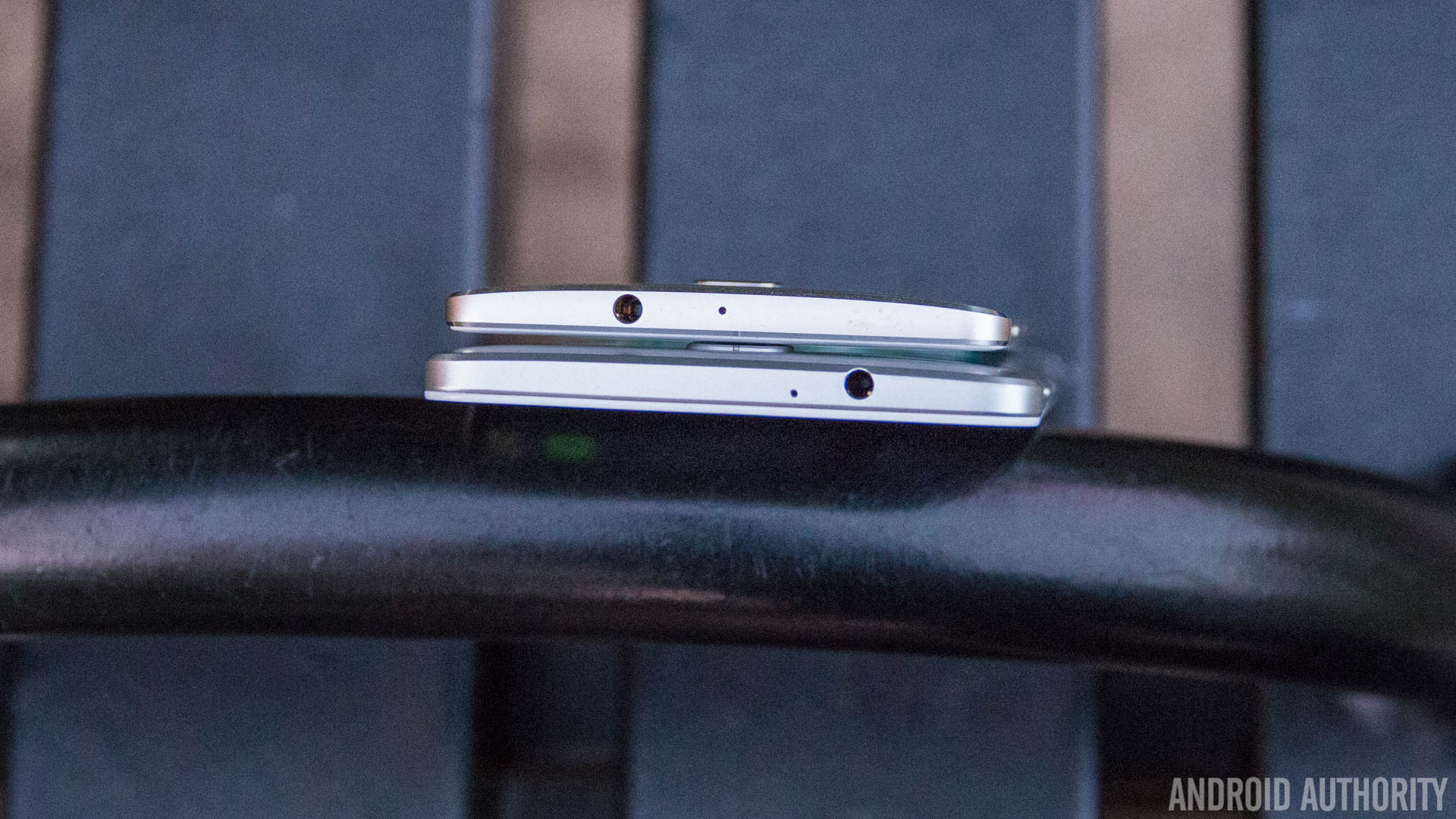
Up top, we’ve got the headphone jack and microphone, while at the bottom, both devices have the micro USB 2.0 port. On the Mate 7, the single mono speaker is located on the back but in the Mate S, HUAWEI has moved to a dual speaker for the first time on a flagship. The new speakers are much louder and offer an immersive experience, this time located on the bottom.
The Mate 7 design was certainly unique and in the year that’s passed, we’ve seen HUAWEI refine the design further. The Mate S may not be everyone’s cup of tea, but it’s certainly a unique and stylish metal design that is different thananything else on the market.
Display
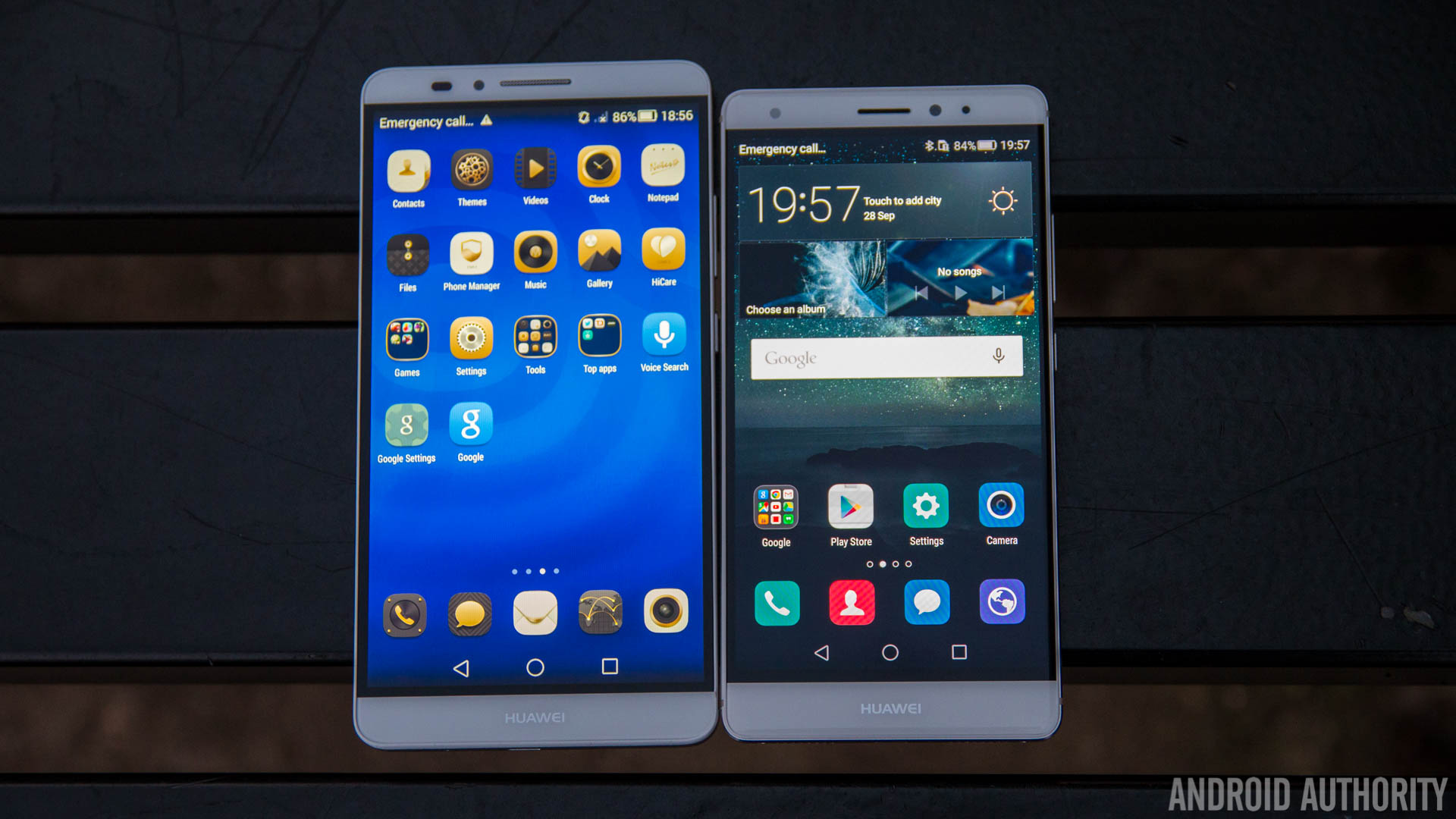
Another key change is in the display technology. The Mate 7 sports a 6-inch IPS display, while the Mate S offers a smaller and more vibrant 5.5-inch AMOLED panel. Both screens sport Full HD resolution and while there are better Quad HD and 4K displays on the market, Full HD is more than good enough for most users.
While the Mate 7 screen is certainly no slouch, the switch to AMOLED means the Mate S offers more vibrant and saturated colours and deep blacks. The smaller display also means a higher 401ppi density, compared with 368ppi on the Mate 7, and this certainly shows.
HUAWEI also have a luxury version of the Mate S, which comes with the world’s first Force Touch smartphone display, but this will only be available in certain markets and has a limited feature set that includes magic buttons and the ability to weigh a piece of fruit on the screen (yes, really). Overall, while the Mate S screen isn’t the best on the market, it does offer an impressive experience and will be sure to satisfy most users.
Hardware & Performance
Like most flagship devices, both the Mate 7 and Mate S are equipped with a range of features that we’ve come to expect from the best devices on the market.
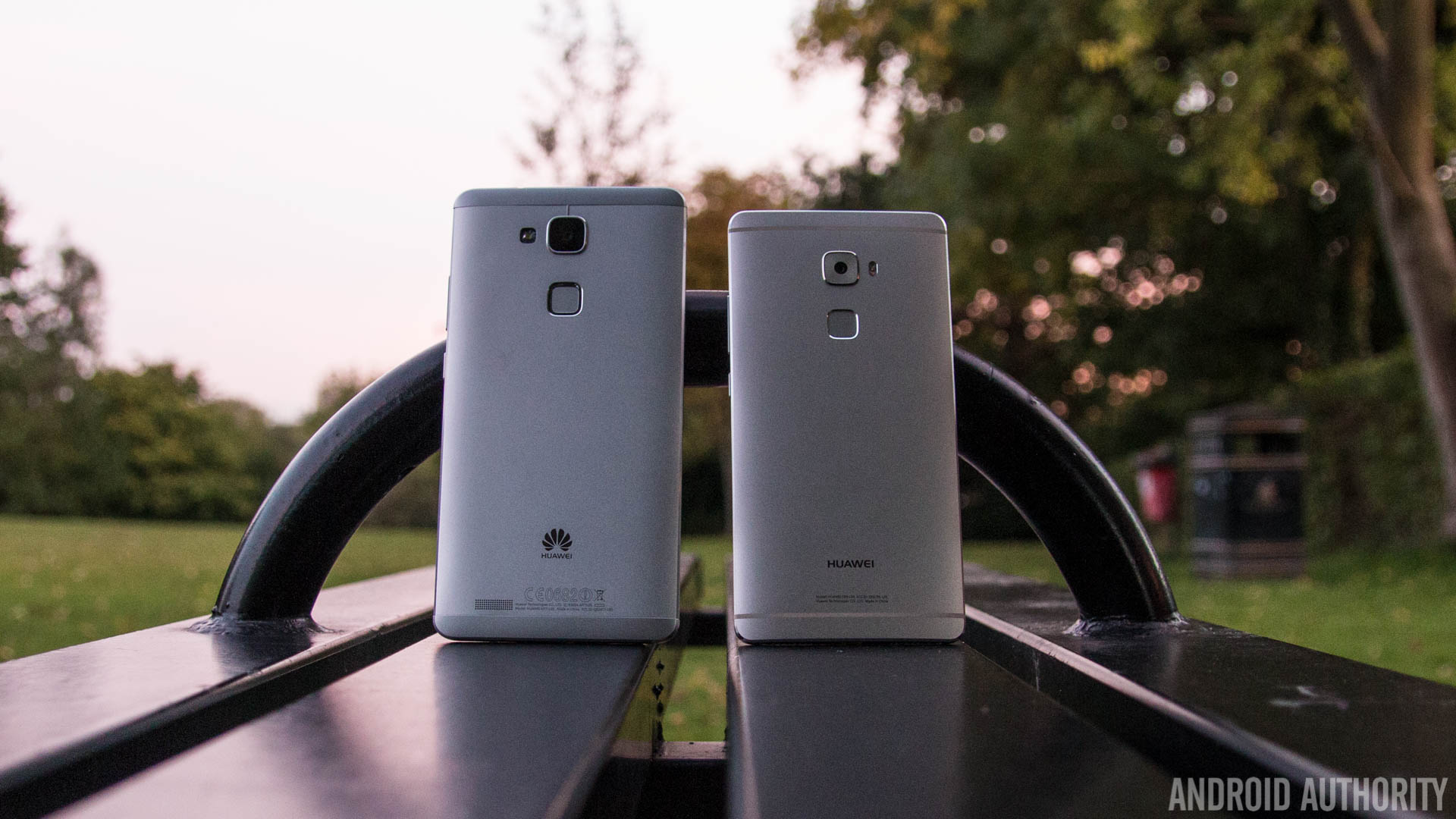
Both handsets are powered by HUAWEI’s own octa-core Kirin processor and while the Mate 7 users the older Kirin 925 clocked at 1.8GHz, the Mate S uses the new Kirin 935 clocked at 2.2GHz. The newer chipset and faster clock speed, coupled with improved software, result in a smoother experience on the Mate S. A key problem with the Kirin is the graphics performance and while the Mali T628 GPU does improve graphics and gaming on the Mate S, the experience is still subpar compared to other similarly priced flagships.
The Mate 7 comes in two storage versions; the entry-level, which we have, has 2GB RAM and 16GB storage while the premium version comes with 32GB storage and 3GB RAM. The Mate S comes with 3GB RAM as standard and either 32GB, 64GB or 128GB storage. If you’re after the Force Touch display, this is limited to just the 128GB model and whichever model you buy, you can expand it using a microSD card.

On the back, both have HUAWEI’s trademark one-touch square fingerprint sensor and this is where a year has made a really big difference. The Mate 7 let you unlock your phone just by tapping the sensor and in the Mate S, HUAWEI have not only made this feature faster but also added gesture support to let you access the camera, take a selfie, pull down your notifications drawer or bring up the recent apps menu. The key thing that sets the sensor apart from other devices is that you can unlock your phone by tapping the sensor and you don’t need to press a button to wake the device like on other flagship devices.
As far as phablets go, battery is a big part of the experience and while the original phablets bought large batteries, we’ve noticed companies make smartphone batteries smaller. HUAWEI is no different and the Mate 7 offered a 4100 mAh battery that was simply outstanding, while the Mate S brings a much smaller 2700 mAh. Given that the Mate 7 battery can last a good two days between charges, it’s likely the Mate S battery life has been reduced massively. The big battery on the Mate 7 meant it takes a long time to charge to full but quick charging on the Mate S means it takes less than two hours to fully charge an empty battery.
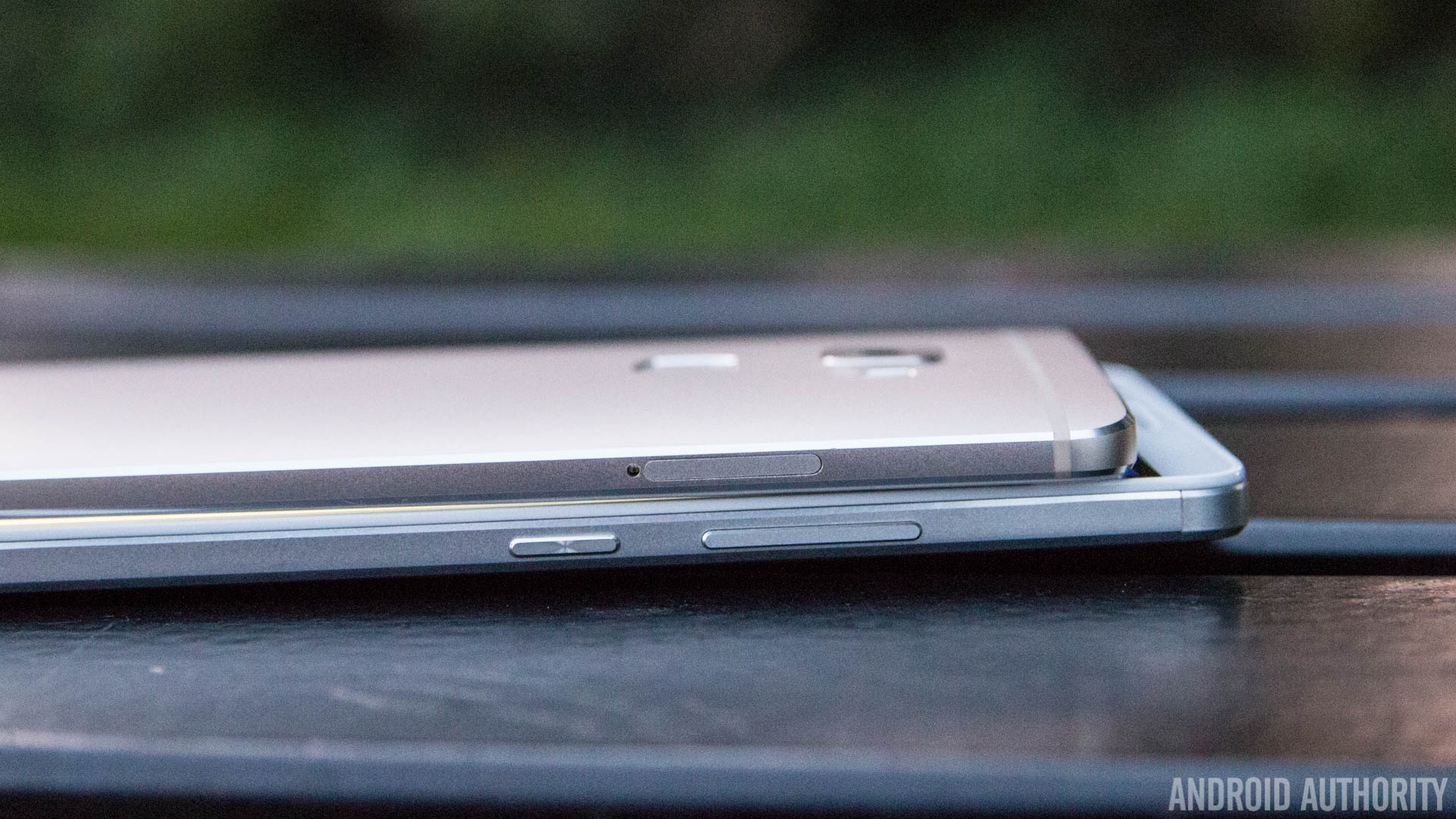
Both handsets offer expandable storage and HUAWEI says the microSD card slot also doubles up as a secondary SIM slot. On the Mate 7 however, our version doesn’t have dual SIM support but this is available in select markets. On the Mate S, dual SIM is included in all variants and lets you use two SIM cards at once, each with their own 4G connection. HUAWEI is using a clever dual antenna system to get around its metal build and this means the handset can intelligently switch between antennae, depending on which is offering the best reception. As a result, high data speeds, a reliable connection and great cell coverage all come as standard on the Mate S.
Software

If there’s any area where HUAWEI does itself no favours, it is the software and it’s also where these two devices differ considerably. A key criticism of HUAWEI is lack of future platform upgrades and a year after launch, the Mate 7 is still using KitKat with the Lollipop update nowhere to be seen.
The Mate S runs the Lollipop update with Emotion UI v3.1 out of the box and while this is the same version of EMUI found in the HUAWEI P8, the software experience has been heavily improved. The bugs and glitches found in the P8 are no more and HUAWEI has also tweaked and added a few new features.
The Knuckle Screenshot now lets you draw a letter to launch an app, with default ones being c to launch the camera and e to launch the web browser. You can also customise the shortcuts to launch apps you use frequently. Emotion UI also comes with new themes that change accent and UI colours to match the colour of the handset you have.
Yes, HUAWEI is particularly slow at updating its devices and you may be waiting a while for the Marshmallow update on the Mate S, but the software experience is a lot better than on past HUAWEI devices. It’s a smooth interface and, aside from a missing app drawer and a fair amount of preloaded bloatware, it’s actually pretty usable.
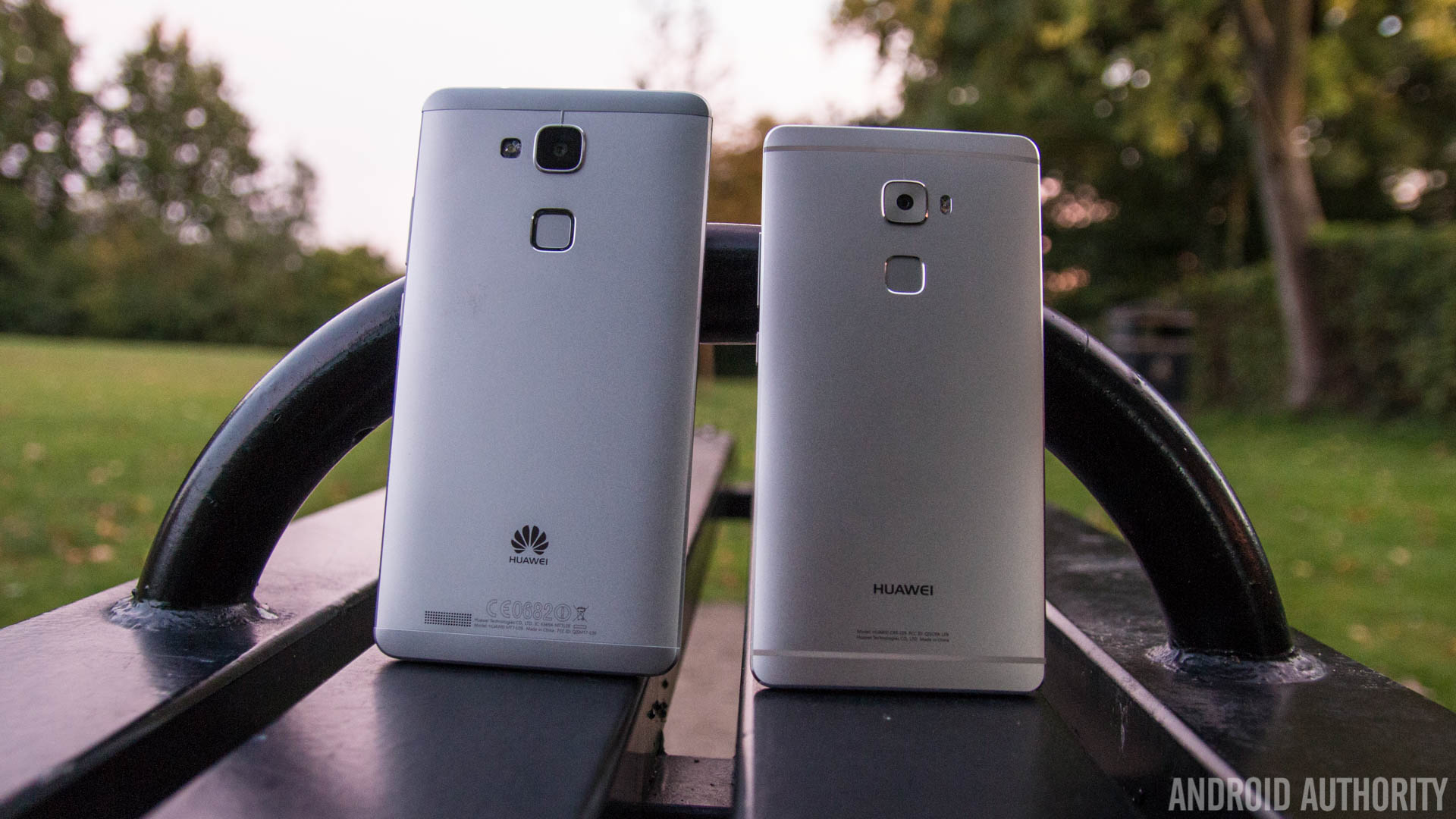
Camera
The camera on the Mate 7 was something of a let down, as the lack of stabilisation meant you had to keep the handset completely still to ensure the final image wasn’t blurry. Both devices offer 13MP sensors but the addition of OIS in the Mate S means this is a smartphone camera that mostly keeps up with some very good competition.
They say that cameras are about more than just megapixels and this is certainly true with the Mate S, which shows just what OIS can do to overall images. Now, most – if not all – images you capture are sharp and vibrant and effective stabilisation means you can now leave the shutter open for as long as a ¼ of a second and still have crisp photos. This shutter speed tops most smartphones and the addition of a pro mode lets the budding professional photographers customise all manor of settings including ISO, white balance, focus, shutter speed and aperture.
The front of the Mate 7 sports a 5MP selfie camera that can take 720p video while the Mate S brings a much better 8MP sensor that can shoot Full HD video and has a soft-light to help lighten the scene when you’re taking a selfie. While a selfie flash certainly isn’t new, it does make a difference to selfies you take and any you do take can also be tweaked using HUAWEI’s beauty level modes.
Overall, HUAWEI isn’t known for making the best camera but the company has improved things with its latest flagship, which brings the same improvements found in the impressive HUAWEI P8 and HONOR 7 cameras. While it doesn’t top the LG G4 and Samsung’s new Galaxy S6 and Note smartphones, it certainly is up there with other flagship devices.
Price & Final Thoughts
The Mate S has a price of €649 for the 32GB or £469 in the UK, while the Mate 7 has dropped in price significantly and can be picked up for around £280 for the 16GB version. The 32GB version of the Mate S comes in either Titanium Grey or the Mystic Champagne silver version we have, while the 64GB version comes in either Luxurious Gold or Cobalt Pink.
[related_videos align=”center” type=”custom” videos=”643970,617012,604157,563890″]
At almost half the price of the Mate S, the Mate 7 is certainly an interesting handset but the Mate S does have enough improvements to warrant the additional cost. What do you think and which handset would you pick? Let us know your views in the comments below guys!